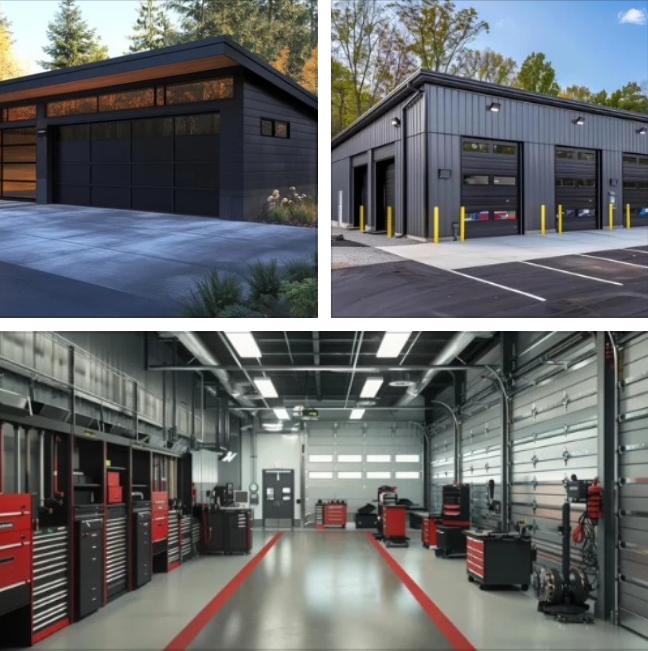Automobile breakdowns are uncommon, but the likelihood of experiencing one increases during the winter months. So, it is always better to have car breakdown cover to face inconvenience caused by roadside breakdowns in the UK.
Here is a list of the most prevalent factors contributing to vehicle breakdowns.
Tyres:
There’s a good chance you’ll have a flat tyre at some point throughout your career as a vehicle owner.
Hitting a curb or pothole, driving over a nail or screw, going on a defective valve, or driving on a worn tyre tread may all result in a puncture. If your tyre pressure warning light comes on, don’t ignore it; checking your tyre pressure and tread depth periodically is the most excellent way to prevent a blowout.
Battery:
It’s hardly surprising that dead batteries are the leading cause of vehicle breakdowns, especially in the colder months.
Your car’s starting motor or its battery-charging alternator may be malfunctioning. A weak battery might result from several factors, such as a disconnected terminal, a faulty battery, leaving the lights on, or simple ageing. Short trips or long periods of inactivity might also be to blame, particularly in cold weather when the battery works harder to start the automobile.
Electrical:
The increasing complexity of today’s automobiles is primarily due to the increased number of moving parts that might malfunction. Because the cause isn’t usually straightforward, electrical issues are among the most annoying causes of car failure.
A blown bulb, inside or outside, is the most common cause of electrical malfunctions. However, old spark plugs, a malfunctioning starting motor, or a defective electronic control unit are other possible causes. To diagnose problems, technicians often need to connect their diagnostic scanners to the vehicle’s electronic control unit (ECU) and examine the stored fault codes.
Exhaust and Motor:
This category encompasses almost every potential problem that might arise in a vehicle’s engine compartment and is thus the most comprehensive. Things like a blown cylinder head gasket, a broken timing belt, a leaking oil pump, worn spark plugs, and a malfunctioning fuel or ignition system are all possibilities.
Corrosion, fractures, broken brackets, and elevated levels of pollutant gases are all possible signs of trouble with your exhaust system. In addition, the exhaust system includes a catalytic converter or CAT for short. It filters the exhaust gas before it is released from the vehicle, removing any potentially dangerous substances.

Steering, Suspension, Brakes:
Another broad range of vehicle breakdown causes. Steering problems include power steering faults and worn steering rack components. Faulty dampers are a frequent suspension issue.
Brakes are also important. Ignoring concerns might endanger you, other drivers, and pedestrians. Soft or spongy brake pedals are a warning indicator. Your automobile may pull to one side or vibrate. Worn pads or discs or a master cylinder leak might be the issue. On the other hand, it’s conceivable that the fluid has already begun leaking. Please don’t risk it. Consult experts.
Car Clutch:
If you’re behind the wheel of a manual transmission vehicle, you know how important the clutch is for seamless gear changes. A grip or system might leak over time. They are warning indications if you sense spongy or noisy clutch pedals. You may rev the engine but have trouble accelerating or changing gears. Even slipping clutches cause transient acceleration loss. The clutch plate, pressure plate, flywheel, slave cylinder, and cable are components.
Fuel:
Fuel shortages are another embarrassing cause of roadside rescues. Other fuel-related defects that might cause a failure include the fuel pump, throttle assembly, and clogged fuel injectors and filters.
Locks, alarms, keys:
False alarms are not only an annoyance to you and your neighbours, but they may also set off the immobiliser, rendering your vehicle immobile. Change the fob batteries if your vehicle alarm isn’t working. If not, the fob may be faulty. Try a spare key. If a sensor is electrically faulty, seek expert aid.
Keys locked in cars, damaged keys, keys stuck in ignitions, and jammed steering locks call for breakdown assistance.
Cooling:
Overheating is a common cause of automotive breakdowns. You may see the heat indicator light or, worse, engine steam. Pull aside in a safe area, switch off the engine, and contact for breakdown help.
If you’re handy with cars, you can let the engine cool down for 30 minutes by popping the hood (which may be hot). After it has cooled down, you should inspect the coolant thoroughly. Never remove an overheated engine’s radiator/coolant tank cap; it’s pressurised and might cause burns. If there’s no coolant, a pool of liquid may be beneath your vehicle from a radiator or hose leak. A faulty thermostat, cooling fan, or water pump may cause overheating.
Charging:
The alternator, responsible for recharging the battery, was previously highlighted in the top reason for car failures. Alternator components include the driving belt, pulley, and battery warning light.
Finally, get breakdown cover if you become stuck on the side of the road.












